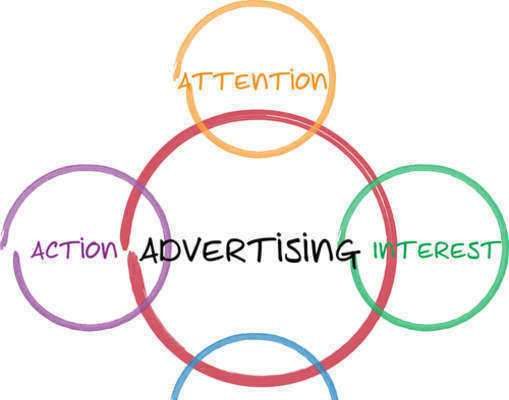Beware of the Manipulation of Standards

Of late, there has been one example of this kind of false advertisement that stands out, not least because it is clear cut. In the computer technologies industry, the external hard drive has been growing in prominence as a desirable product with every passing year. The market for such external hard drives, coupled with the market for internal hard drives, has led to a significant growth in the profitability of hard drive sales.
But the terms used to describe hard drives are often very technical, and some consumers do not have the knowledge base necessary to be able to sort out the nature of such descriptions. Primarily, false advertisement based on manipulation of standards in the world of hard drives is focused on manipulating consumers’ understanding of the terms used to describe the space on any given hard drive.
Most consumers will understand the basic prefixes attached to “-byte” in order to describe hard drive space. A megabyte is 1,000,000 bytes, and a gigabyte is 1,000,000,000 bytes, or 1,000 megabytes, or so the average consumer would believe. Many hard drive manufacturers use this figure, then, in their claims about the size of a given hard drive.
But the truth is that most operating systems and software define megabytes and gigabytes differently, with a gigabyte being 1,073,742,824 bytes, instead of the flat one billion described by hard drive manufacturers. The one billion bytes advertised by hard drive manufacturers is significantly less than a full, actual gigabyte as treated by computers.
This is false advertisement, then, as hard drive manufacturers are simply applying a different definition to their claims of size on the hard drives than the practical definition applied by computers and software themselves. Consumers are not getting as much space from the product as they are being led to believe.
Accusations of false advertisement against these manufacturers were actually supported in two different class action lawsuits against two different manufacturers, in or around 2005 and 2006. But despite the success of these lawsuits, the manufacturers continue to use such terms in their advertisements. The claims of fraud were not strong enough to dissuade manufacturers from false advertising through manipulation of standards.
One of the other ways in which advertisers use manipulations of standards is actually in a slightly more gray area; in this area, the practice does not as clearly fall into the domain of fraud or false advertising. Many products employ claims of certain terms, such as “organic.” These claims often do not have common definitions between them; one manufacturer will define the term one way, and another will define it an entirely different way.


















